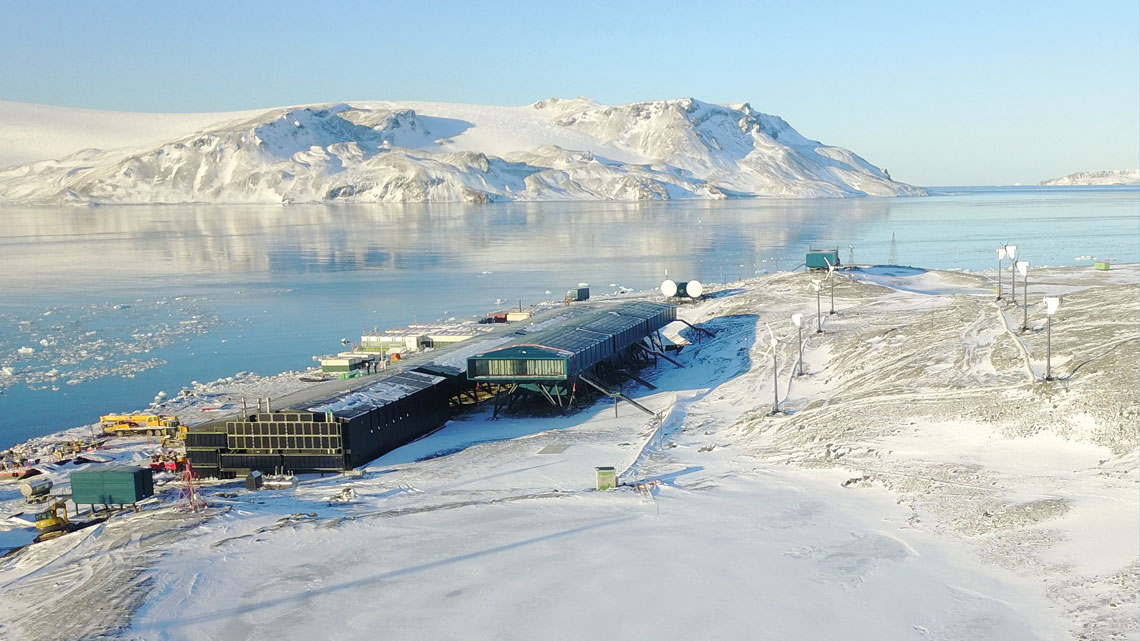Inaugurated on January 15, the new Comandante Ferraz Antarctic Station has a modern design and can accommodate up to 64 people. Of its 17 planned laboratories, 14 are already up and running. They will be used for research into molecular biology, biochemistry, and medicine. The last three labs, to be used for meteorology, physics, and astronomical sciences research, are expected to be completed soon. The new Brazilian station was designed by architectural firm Estúdio 41 and built by Chinese construction company Ceiec at a cost of US$100 million, paid for by the Brazilian Ministry of Defense. It is in the same location as the old station: the Keller Peninsula on King George Island. The new station will have 4,500 square meters of floor space, almost double the size of the previous base, which operated from 1984 until 2012, when it was destroyed by fire. The scientists working in Antarctica and others from the 45-person group that participated in the inauguration, including officials from the federal government and military, are concerned about uncertainties regarding funding for Antarctic research. Created in 1982, the Brazilian Antarctic Program (PROANTAR) has suffered numerous cuts in recent years. In 2018, the program was given R$18 million for research in the region until 2022. “We have guaranteed funds to last until 2022,” glaciologist Jefferson Cardia Simões, general coordinator of the Brazilian Institute for Cryosphere Science and Technology, an institution responsible for 60% of Brazilian research in Antarctica, told Pesquisa FAPESP. The program needs annual funding of around R$6 million to remain stable and productive in the long term, Simões told the journal Science.
RepublishResearch
New Brazilian Antarctic Station

Comandante Ferraz Antarctic Station on King George Island
Brazilian Navy